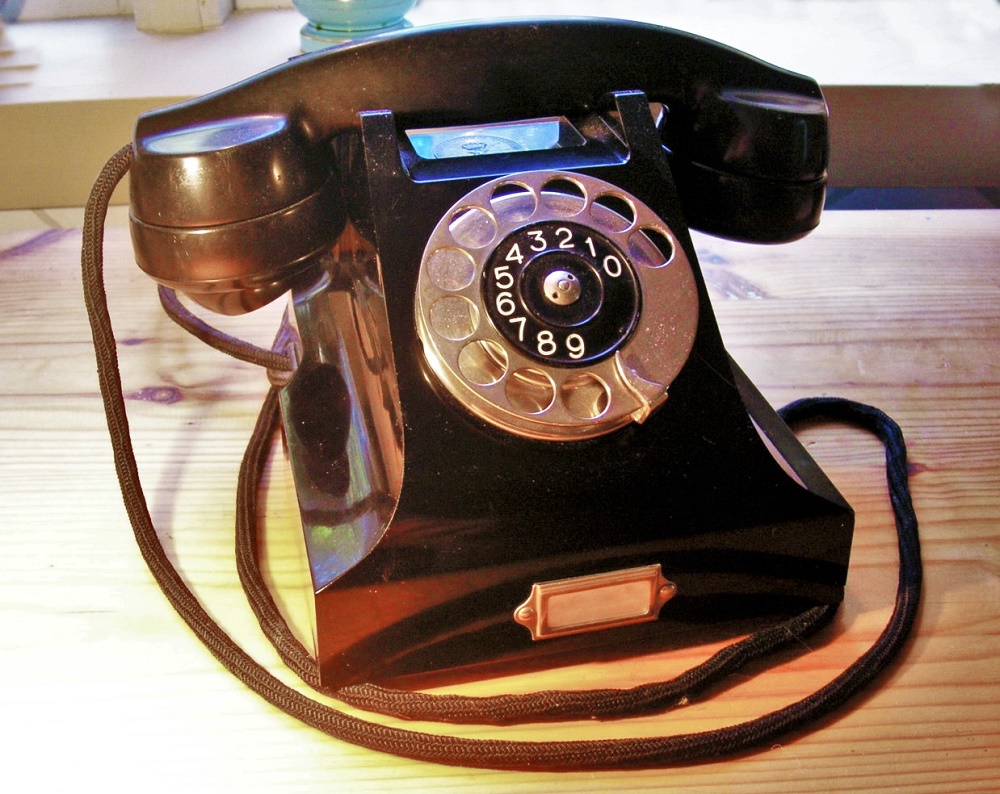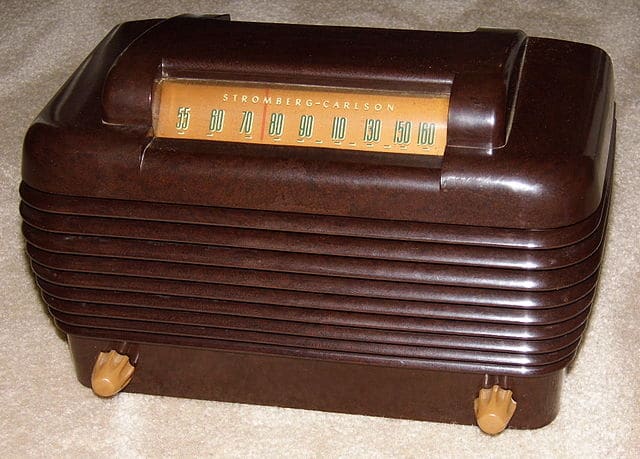Jasmine Birtles
Your money-making expert. Financial journalist, TV and radio personality.

Why should I be collecting Bakelite? What’s so special about it? Bakelite is the vintage ‘material of a thousand uses’, once popular with jewellers and consumer products makers.
Its use spans a huge range of domestic applications. Examples include buttons, telephones and television sets. Now Bakelite, the precursor to modern plastics, has proved itself to be in demand for yet another reason – as a valuable collector’s item. Our article reveals how you can make a pretty penny from Bakelite.

A generic trade name for phenol formaldehyde, Bakelite was discovered by accident in 1907 by Dr Leo Baekeland, a Belgian-born chemist working in New York, who patented the invention. It was a revolutionary product that would neither burn, boil, melt nor dissolve in any common acid or solvent at the time.
Bakelite is not only waterproof but has a high resistance to electricity. Once firmly set, it never changes shape. With the addition of large amounts of wood flour or other fillers, it became the perfect material for household goods such as lamps, telephones, televisions, and radios. Another use for it was costume jewellery. Back in the 1960s and 1970s, the artist Andy Warhol helped establish a market for Bakelite jewellery as one of its biggest collectors.
Collector Jools Zauscinski recently picked up a 1930s bangle for £3 at a car boot sale. He expects it to sell for more than 15 times that price, hence why he loves collecting Bakelite!
“My favourite Bakelite piece is the classic Bush TV22 television from about 1950,” he says. “I managed to get one on the internet for £130 – a real bargain. Normally, these change hands for more than £300.”
Versatile, durable and colourful, Bakelite once formed part of everyday life for millions of people, but collectable examples are now scarce. As a result, their value has shot up over the past two decades.
“Fifteen years ago, you used to be able to walk around the markets in Camden and Portobello Road in London, and find absolutely masses of it,” says Gad Sassower, a specialist dealer in plastics and Bakelite.
“Now it’s all gone and very hard to find – it’s disappearing into people’s homes, and much of what’s left is overpriced, even in the US.”
Bakelite items often have beautiful colours. Natural pigments like oxblood were used in the early days. But since the pigmentation was quite fragile, these colours have tended to fade over the years.
“When you think of Bakelite you often think brown,” says Mr Sassower. “Early plastics had nothing in them to inhibit the harmful effects of ultraviolet light so that’s why you find a lot of faded Bakelite that has turned brown.”
Bakelite was revolutionary when it came onto the scene. “It was probably the first man-made product you could mould into any shape your heart desired,” Mr Sassower adds.
“You had goods like round radios and spherical ashtrays. They weren’t mass-produced but they weren’t anything like as expensive as if they had been made out of wood. It released the ‘design of the hand’.”
The inter-war years in America saw the production of many colourful items. The US and the UK were the biggest manufacturers of Bakelite consumer goods, followed by France, Germany and the Netherlands.
Armed with some prior knowledge, Mr Zauscinski says, you can pick up the occasional Bakelite item at a car boot sale or flea market, and of course on eBay.
You could also try searching wider on the internet to find sellers overseas or to contact other collectors.
Finding Bakelite can be tough, especially products in good condition. Many pieces that do come onto the market are fragile and broken.
If, despite this, you’re determined to build up a collection, Mr Sassower advises picking pieces that look good and reflect the special malleability of Bakelite.
“Go for shape and colour – and if you can add the two together, that is a good start,” he says. “You won’t find a brown box interesting, and no one else will either. The more interesting the shape, the more valuable it becomes.”
As with most collectables, experts suggest you buy the best quality you can afford. Always research the subject thoroughly before handing over large amounts of cash. A number of reference books are available to help newer collectors know what they’re looking for and to spot bargains, one of which you can pick up for just a few pounds.
You could earn anything from 50p for a Bakelite sock-darner to £1,000s for a nicely shaped, brightly-coloured radio in good condition.

Hi.I have A lovely Bakelite Necklace Also some bracelets a barooq necklace not who too sell to.Any advice would be appreciated.thanks paul
Thanks very Interesting I have a verity of bakelite not sure who to sell to
Hi Carl, very interesting article on collecting bakelite. I enjoyed reading it, thanks 🙂